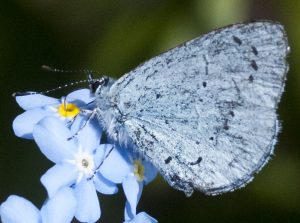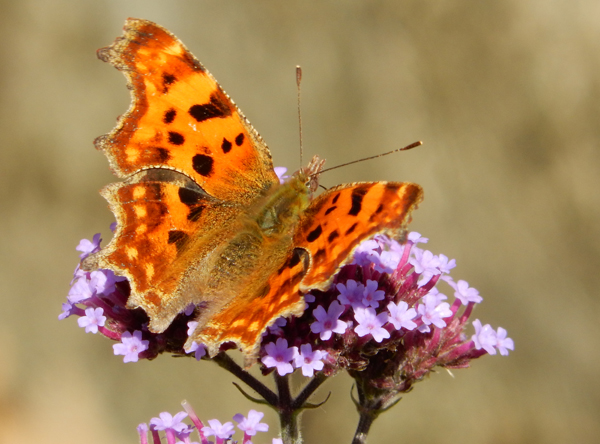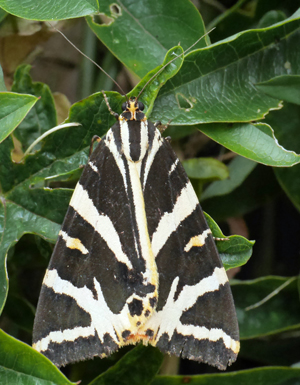The Big Butterfly Count : findings

The results of this year’s Big Butterfly Count have now been published and the ‘top’ 5 butterflies are the gatekeeper, the large white, the small white, the meadow brown and the red admiral. The count is a UK-wide survey that aims to provide a measure of the state / health of our environment by simply counting the number and type of butterflies (and some day-flying moths) we see in our gardens and parks.
The good news is that the Gatekeeper is making something of a comeback, being the most spotted butterfly in the count. The numbers of the Common Blue, Holly Blue and the Comma are also ‘on the up’. The Comma has been making a slow comeback for some years. This is associated with the Comma extending its range northwards. Extension of range is also seen in the Holly Blue, it is thought to be associated with climate change. Some twenty years ago, it was rarely to be seen in Scotland, but it was recorded in Edinburgh in 2006, then Ayr in 2008 and now has spread across large areas of Scotland.

Comma butterfly : photo by A J Symons.
The Jersey Tiger Moth is another species that is extending its range. Once it was to be found on Devon’s south coast, but it has spread north and east. It is now to be seen in gardens and parks in the Greater London area. These moths ‘like’ gardens, hedgerows and disturbed / rough ground. In coastal areas, they may be seen on cliffs and the upper reaches of a beach. The caterpillars of this moth feed mainly on ground ivy, white dead-nettle, bramble and the common nettle.

There are differences between butterflies and moth, but there is no hard and fast rule to distinguish between them.
- Butterflies usually have ‘club-shaped’ antennae, whilst many moths have feathery or tapering ones.
- Butterflies normally fold their wings vertically over their backs, moths generally place their wings horizontally when at rest (but not all).
Whilst this summer’s results offer some hope, and the warmth of this summer’s weather might be thought to have favoured butterflies, the overall trend / pattern of butterfly numbers is one of decline - for example, numbers of the Red Admiral and Meadow Brown are down, sadly a pattern seen in many insect species. The loss of suitable habitats, such as meadows and hedgerows, is thought to be a major factor in this decline.

Comments are closed for this post.
